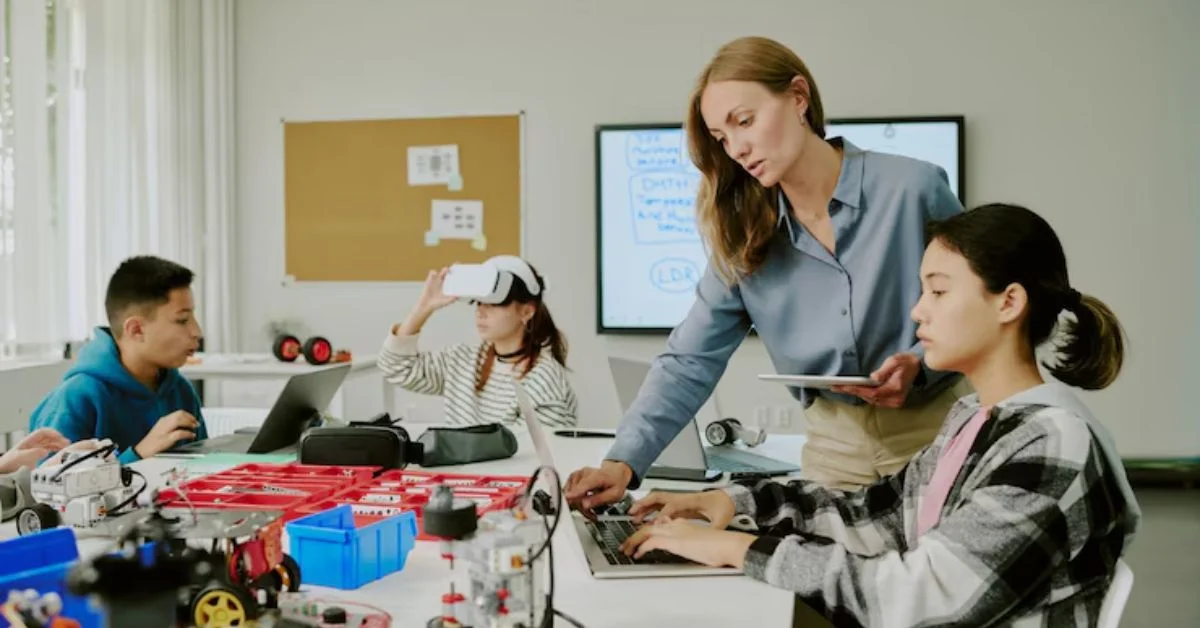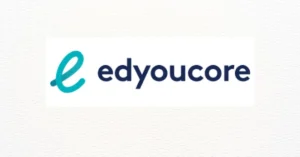GM Academy is an educational and professional development initiative founded by General Motors (GM) to cultivate talent across engineering, manufacturing, design, and innovation disciplines. It blends internal workforce upskilling with external outreach, focusing on preparing professionals, students, and communities for the rapidly changing landscape of mobility, electric vehicles (EVs), autonomous systems, and sustainable manufacturing.
It’s not just a training program—it’s an institutional mindset shift, reshaping how one of the world’s largest automakers educates its people, partners with educational institutions, and steers the automotive future.
This article offers a deep, current, and informative exploration of GM Academy’s purpose, structure, curriculum, outreach efforts, and long-term impact—without the jargon, without recycled PR, and with the honest perspective today’s readers expect.
The Origins of GM Academy: More Than Internal Training
To understand GM Academy, you must look at the last decade of transformation in the automotive industry.
As legacy carmakers pivoted toward electrification, automation, connectivity, and sustainability, the workforce gap widened. Engineers trained in traditional internal combustion systems needed to understand electric powertrains. Designers had to learn about UX interfaces and software-driven mobility. Manufacturing workers needed reskilling to operate smart factories equipped with robotics, sensors, and AI.
GM Academy was born in response to that tectonic shift.
Originally launched as an internal learning platform around 2020, the academy evolved by 2023 into a comprehensive training infrastructure. By 2025, GM Academy now operates with three strategic pillars:
- Internal Upskilling for GM Employees
- Academic and Industry Partnerships
- Community and Youth Engagement
A Closer Look at the GM Academy Mission
GM Academy’s mission isn’t just about teaching employees to build EVs instead of gas-powered vehicles. It’s about future-proofing GM’s talent pipeline—ensuring that workers, engineers, managers, and even students are equipped with the critical thinking, technical fluency, and cultural awareness to thrive in a mobility-first, carbon-conscious world.
In 2025, that means:
- EV battery engineering
- Autonomous system diagnostics
- Circular economy principles
- Cybersecurity for connected cars
- AI-driven logistics
- Sustainable supply chain management
- Equity and accessibility in design
The overarching philosophy is “Lifelong Learning for Mobility Leadership”—an acknowledgment that the future of work in this sector is iterative, and those who lead it must constantly adapt.
What GM Academy Offers: Structure and Curriculum
1. Employee-Focused Learning
GM Academy provides GM employees access to a curated learning ecosystem that includes:
- Modular courses on topics like electric propulsion, hydrogen fuel systems, AI ethics, and data analytics
- On-the-job simulations using AR/VR tools in digital factory environments
- Leadership labs focused on inclusive management, agile systems thinking, and design-led innovation
Content is delivered through:
- Internal platforms
- Partnered universities
- Third-party providers like Coursera and edX
2. Apprenticeship and Technical Certification
GM Academy has developed apprenticeship pipelines, especially in Michigan, Indiana, and Ontario, where participants can:
- Earn industry-recognized credentials
- Gain hands-on experience in EV battery lines and software testing labs
- Transition into full-time employment at GM upon completion
These programs are designed to close the manufacturing-technology skills gap, providing local workers—many from underrepresented communities—access to 21st-century jobs.
3. K–12 and Early Talent Outreach
In collaboration with STEM nonprofits and school districts, GM Academy funds:
- High school EV design challenges
- Robotics team sponsorships
- Internships for first-generation college students
There is a strong focus on equity in access, particularly for Black, Indigenous, and Latinx students—those historically excluded from technical career pathways.
Key Academic Partnerships
GM Academy does not operate in isolation. It has strategic alliances with universities and technical schools that power research, curriculum, and talent development:
- University of Michigan – College of Engineering: Joint EV systems certification
- Georgia Tech: Battery manufacturing and AI research co-development
- Northern College (Ontario): Workforce upskilling for assembly line roles
- Wayne State University: Community-centered design workshops and mobility justice initiatives
These partnerships are not just transactional—they are co-created educational ecosystems aligned with GM’s strategic goals and local community needs.
Real-World Applications and Impact
GM Academy’s work isn’t hypothetical. It’s tangible, with measurable impacts in areas like:
1. EV Factory Readiness
As GM ramps up battery plant production across North America, GM Academy has trained over 7,000 line workers in high-voltage systems, safety protocols, and lean manufacturing.
2. Transitioning Legacy Talent
Engineers once specializing in transmission design now work in software-defined vehicle platforms after intensive reskilling supported by GM Academy and external instructors.
3. Reducing Workforce Turnover
Access to learning and advancement opportunities has improved employee retention, especially in entry- and mid-level roles.
4. Diversifying Technical Teams
By 2025, over 35% of GM Academy internship cohorts identify as women or nonbinary, and over 40% are BIPOC—a marked improvement over past industry averages.
Digital Learning Meets Manufacturing Reality
A key innovation of GM Academy is its hybrid learning model, where workers and students learn online, in VR, and on-site.
For example:
- A technician might complete an online module on lithium-ion cell behavior.
- Then, they train in a VR simulation that walks through assembly line troubleshooting.
- Finally, they rotate into a real factory floor role under mentorship.
This layered approach respects different learning styles and bridges the gap between knowledge and practice, which is crucial in an industry where errors can be costly—or dangerous.
Not Just Job Skills: Culture and Soft Power
GM Academy doesn’t just teach hardware or code. It also integrates critical soft skills and organizational culture development:
- Inclusive Leadership: Courses on anti-bias decision-making, cross-cultural collaboration
- Environmental Ethics: Emphasizing the moral dimension of sustainability
- Customer Empathy Labs: Training designers and engineers to walk in the shoes of mobility users with disabilities, seniors, and low-income urban commuters
The idea is that mobility is not just about vehicles—it’s about people, and those designing the future must understand the full social context of their work.
Challenges and Honest Critique
While GM Academy represents a strong evolution of corporate learning, it is not without its growing pains:
1. Scalability
As GM expands into Latin America, Europe, and Asia-Pacific EV markets, localizing curriculum becomes challenging.
2. Union Collaboration
Some union members remain skeptical of rapid reskilling programs, worried about job displacement or insufficient compensation for upskilled labor.
3. Access and Equity
Despite progress, not all GM locations or suppliers have equal access to the Academy’s digital resources, especially in under-networked regions.
GM acknowledges these issues and has ongoing plans to address them through decentralized training hubs, mobile education units, and union-co-designed programs.
Looking Ahead: The Future of GM Academy
By 2030, GM aims to be an all-EV automaker. That mission relies as much on its people as its technology.
GM Academy’s five-year roadmap includes:
- Global expansion into South American and Southeast Asian markets
- AI-powered learning platforms that adapt content based on employee role and learning pace
- Cross-industry credentials that allow GM-trained workers to thrive beyond the company
The big picture: GM Academy wants to be more than GM’s internal classroom. It wants to become an industry blueprint—a model for how legacy manufacturers can become educational innovators.
Conclusion
GM Academy isn’t just teaching employees how to build EVs. It’s teaching them how to think. How to lead. How to adapt.
In a rapidly transforming global economy, where technology outpaces curriculum and the definition of a “job” changes by the year, GM Academy represents a case study in corporate education done right—ambitious, inclusive, and rooted in real-world application.
It’s a quiet revolution inside one of the world’s most iconic companies. And if you look closely, it might just be the engine behind General Motors’ rebirth as not just an automaker, but a future-maker.
FAQs
1. What is GM Academy?
GM Academy is General Motors’ internal and external education platform designed to upskill employees, develop talent pipelines, and prepare communities for future mobility industries.
2. Who can participate in GM Academy programs?
Programs vary: employees, apprentices, students, and even high schoolers may access different elements depending on location and partnership agreements.
3. Is GM Academy only for engineers?
No. It includes training for manufacturing technicians, managers, software developers, designers, and administrative roles—all aligned with future vehicle systems.
4. Does GM Academy offer public courses?
Some courses are delivered via partner platforms (like Coursera) or through academic collaborations. These may be accessible to the public or university-enrolled students.
5. What impact has GM Academy had so far?
It has helped thousands transition into EV-related jobs, supported diverse hiring, and strengthened GM’s talent retention during one of the industry’s biggest technological shifts.
For more information, click here.









